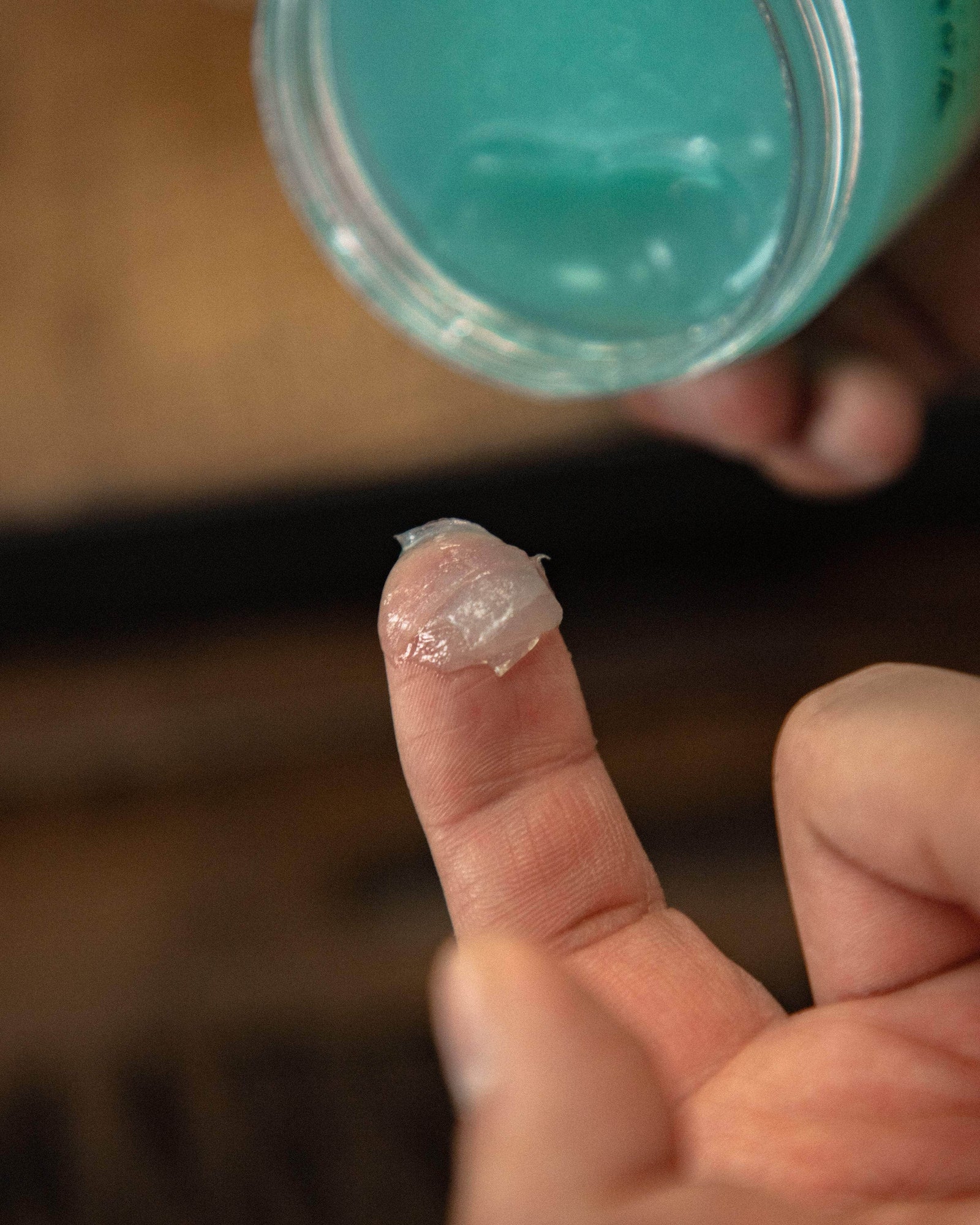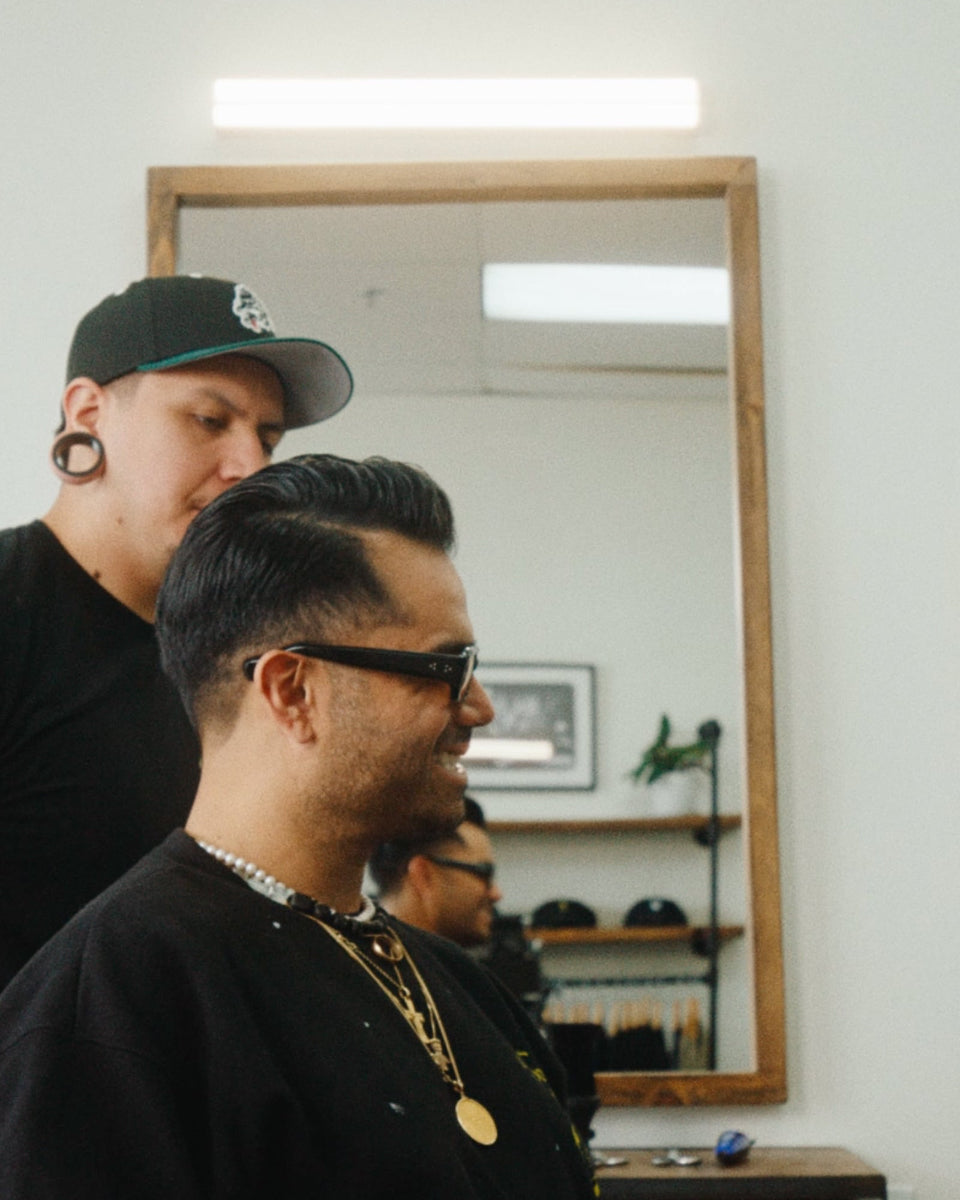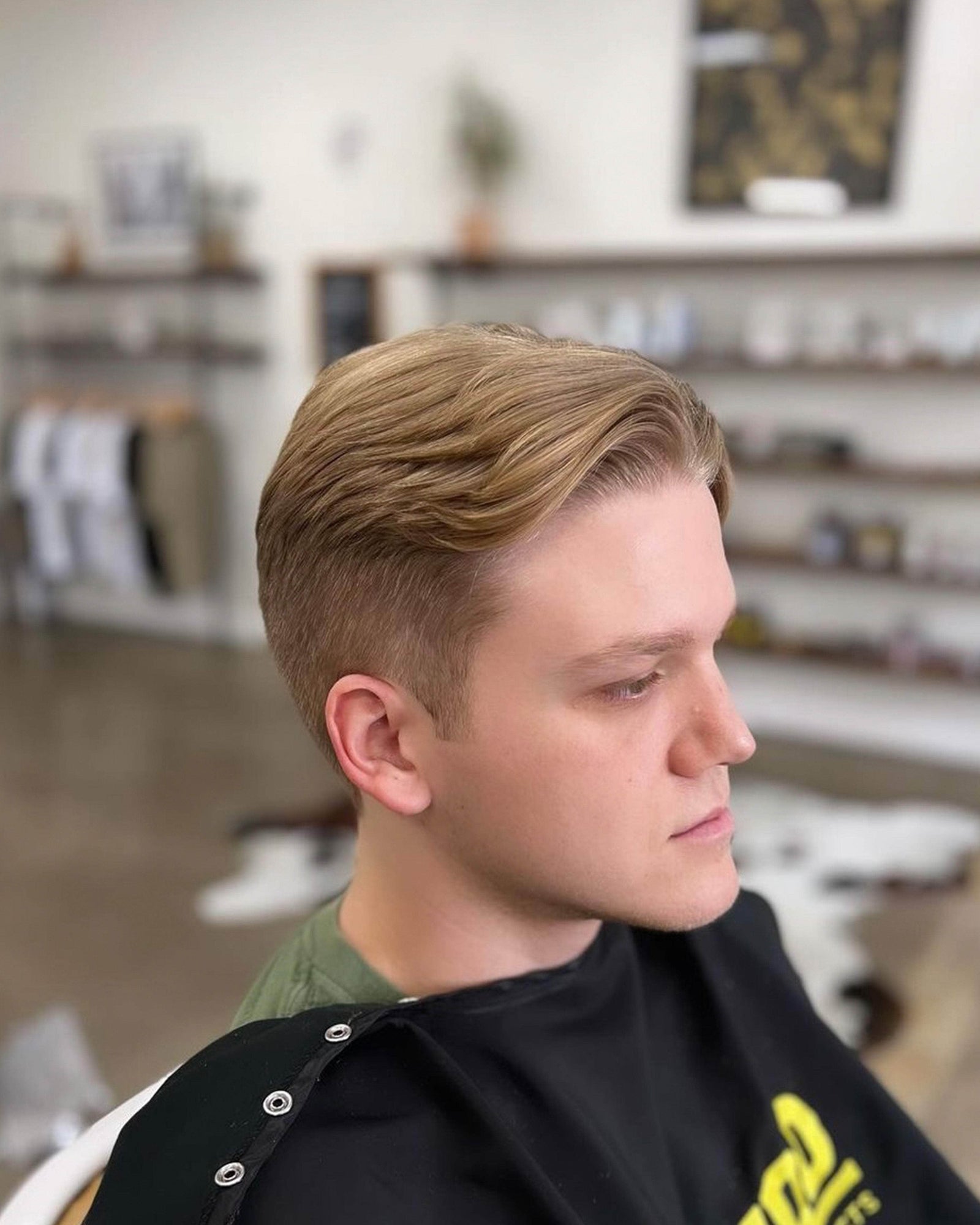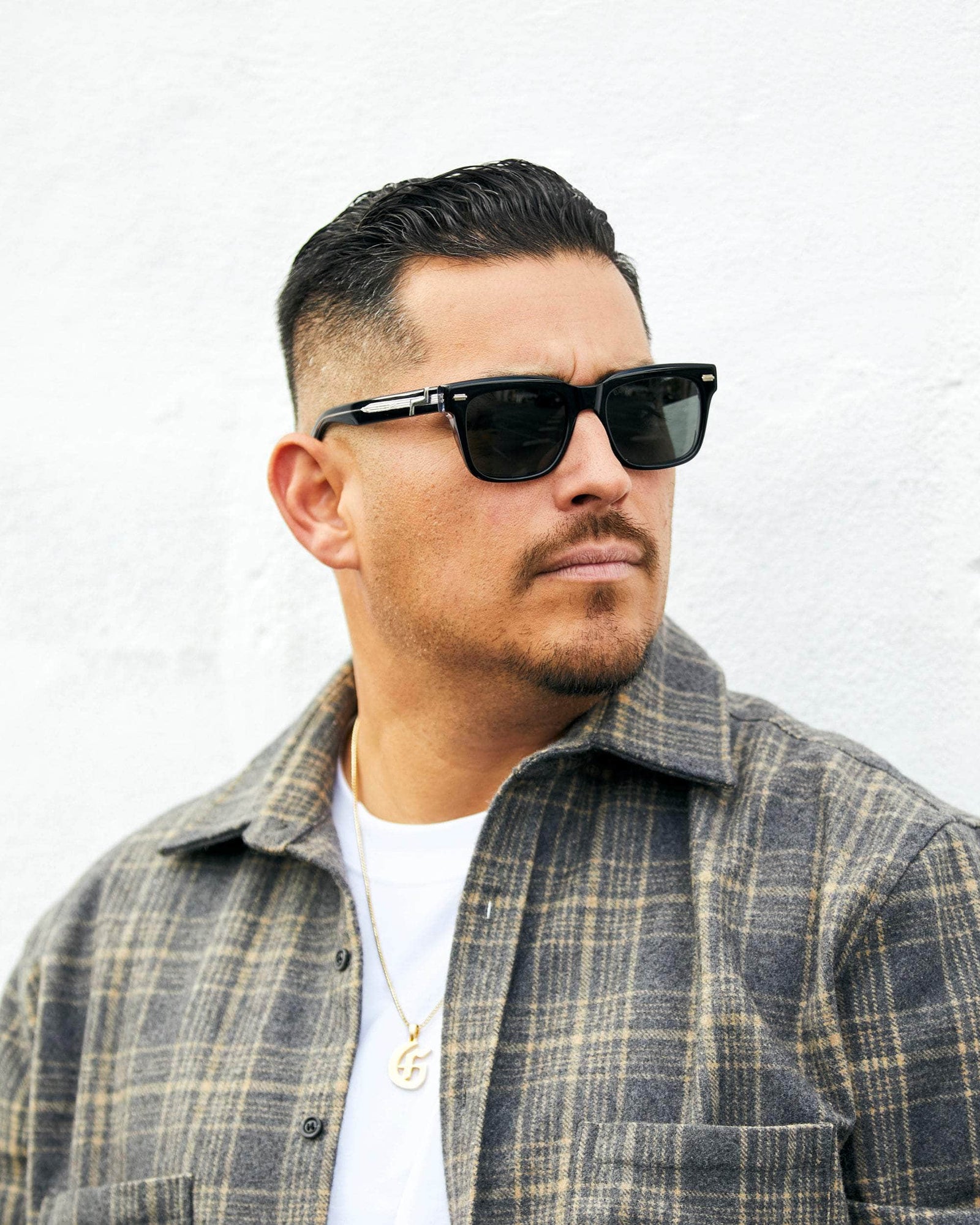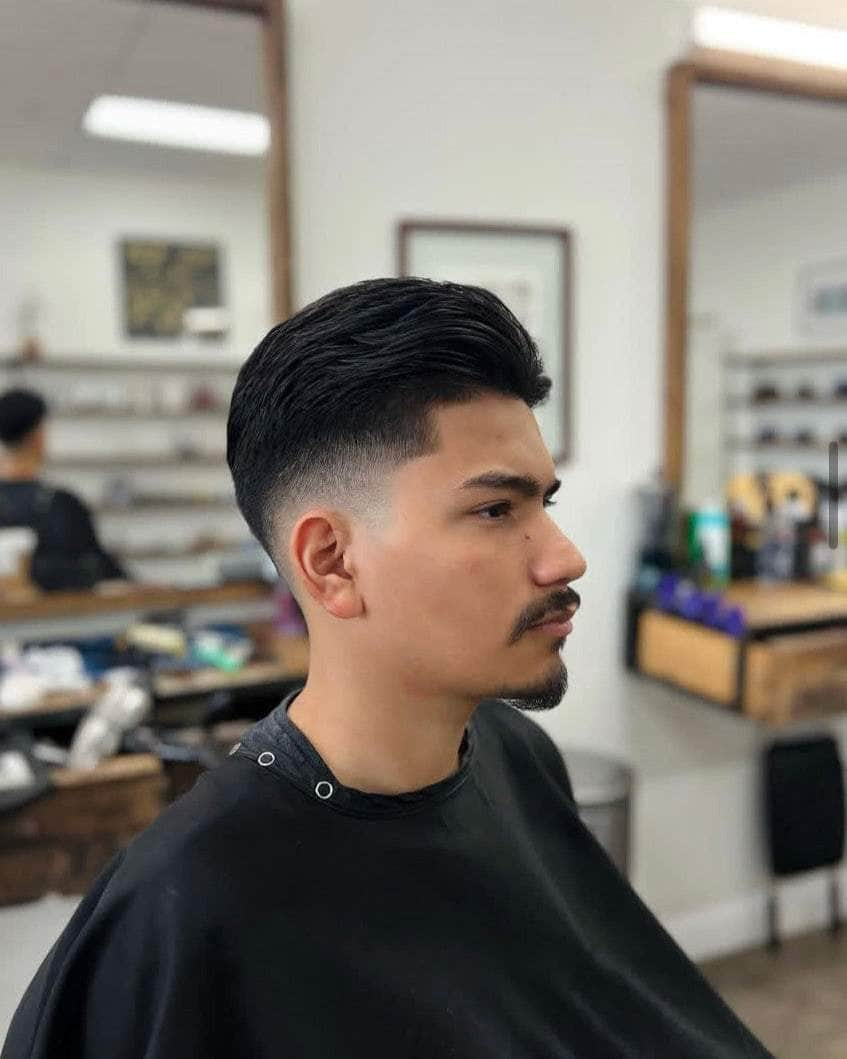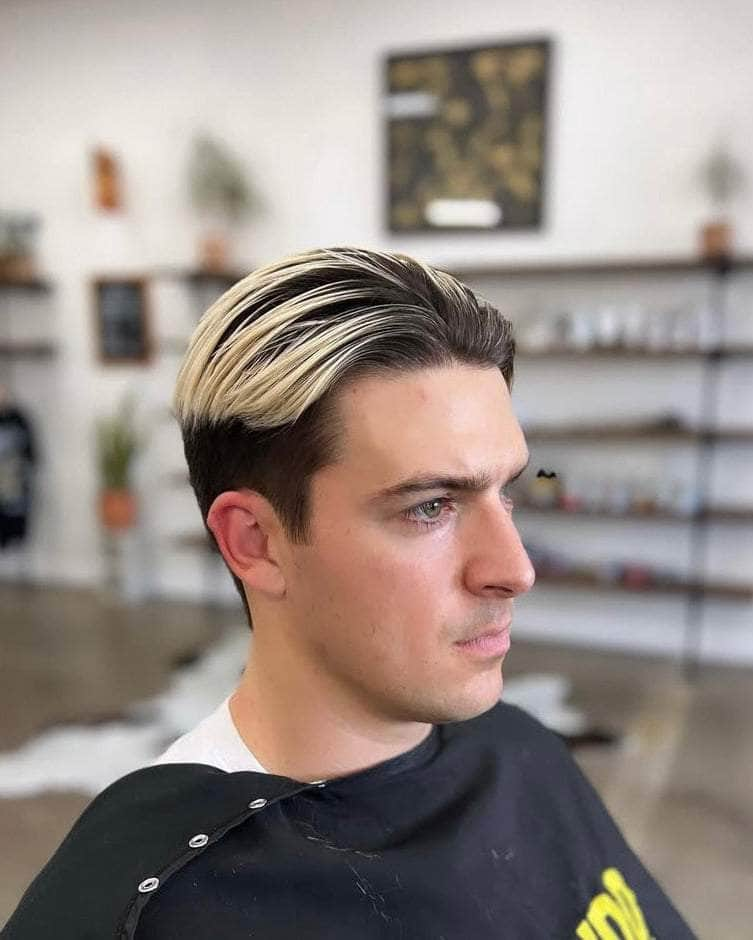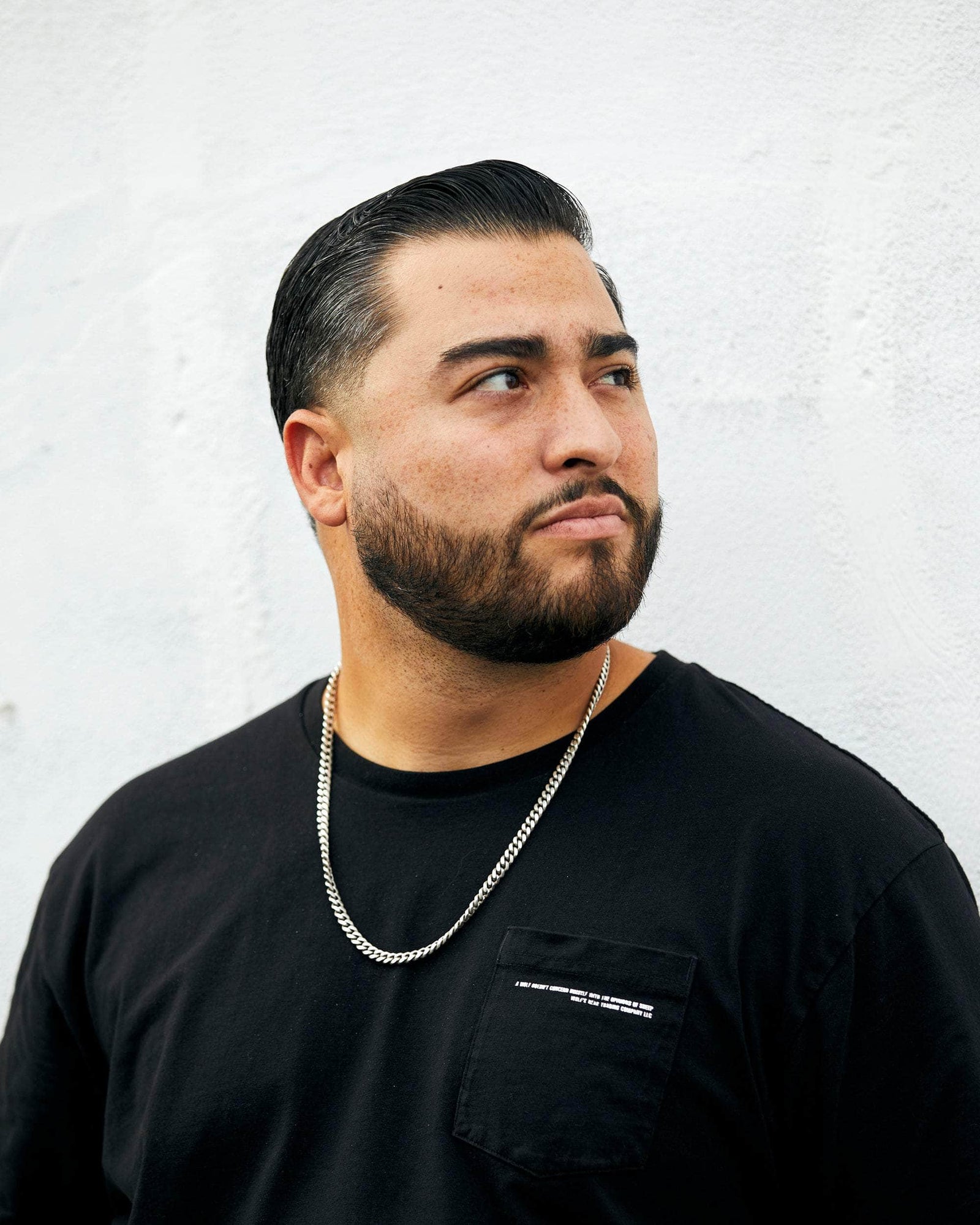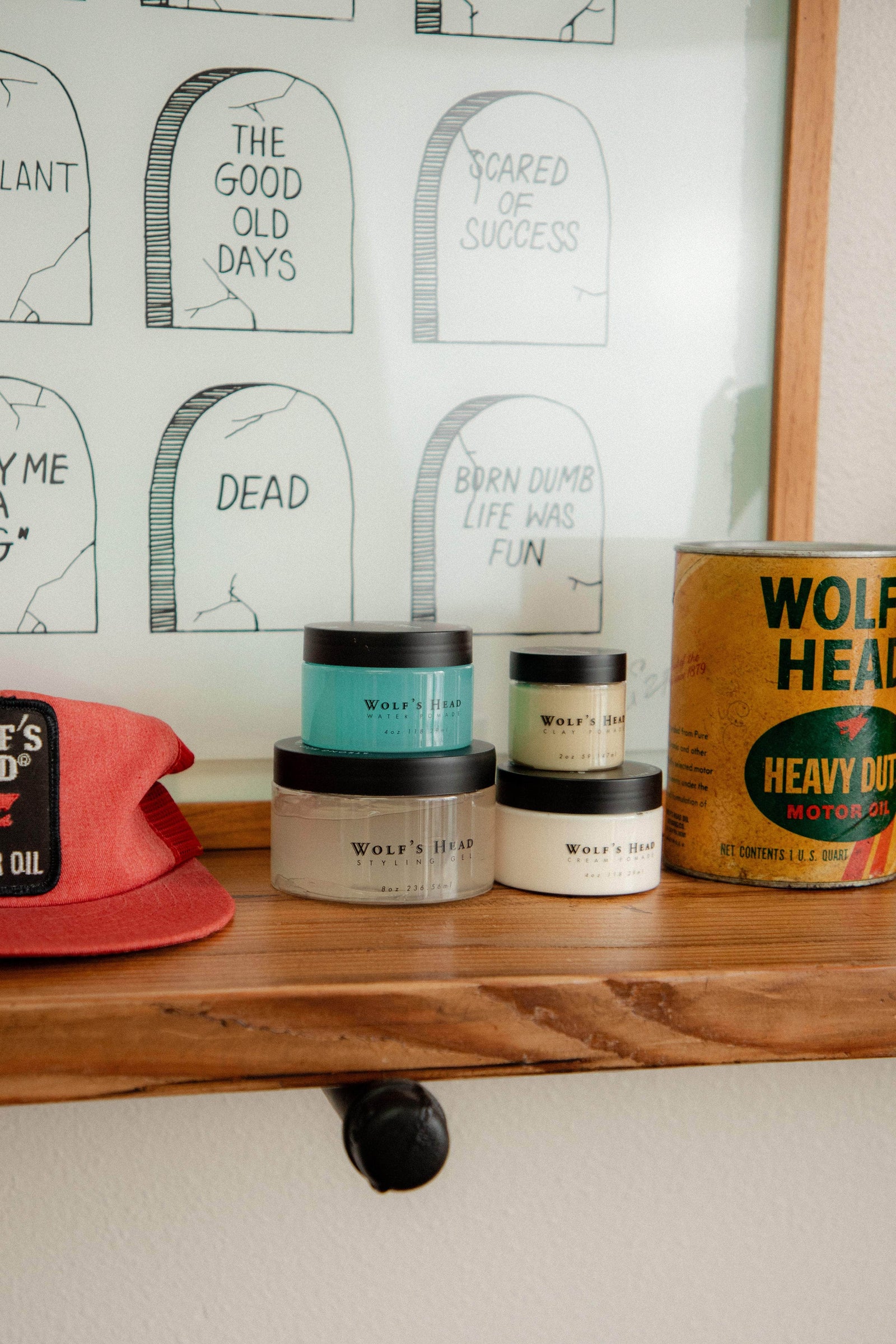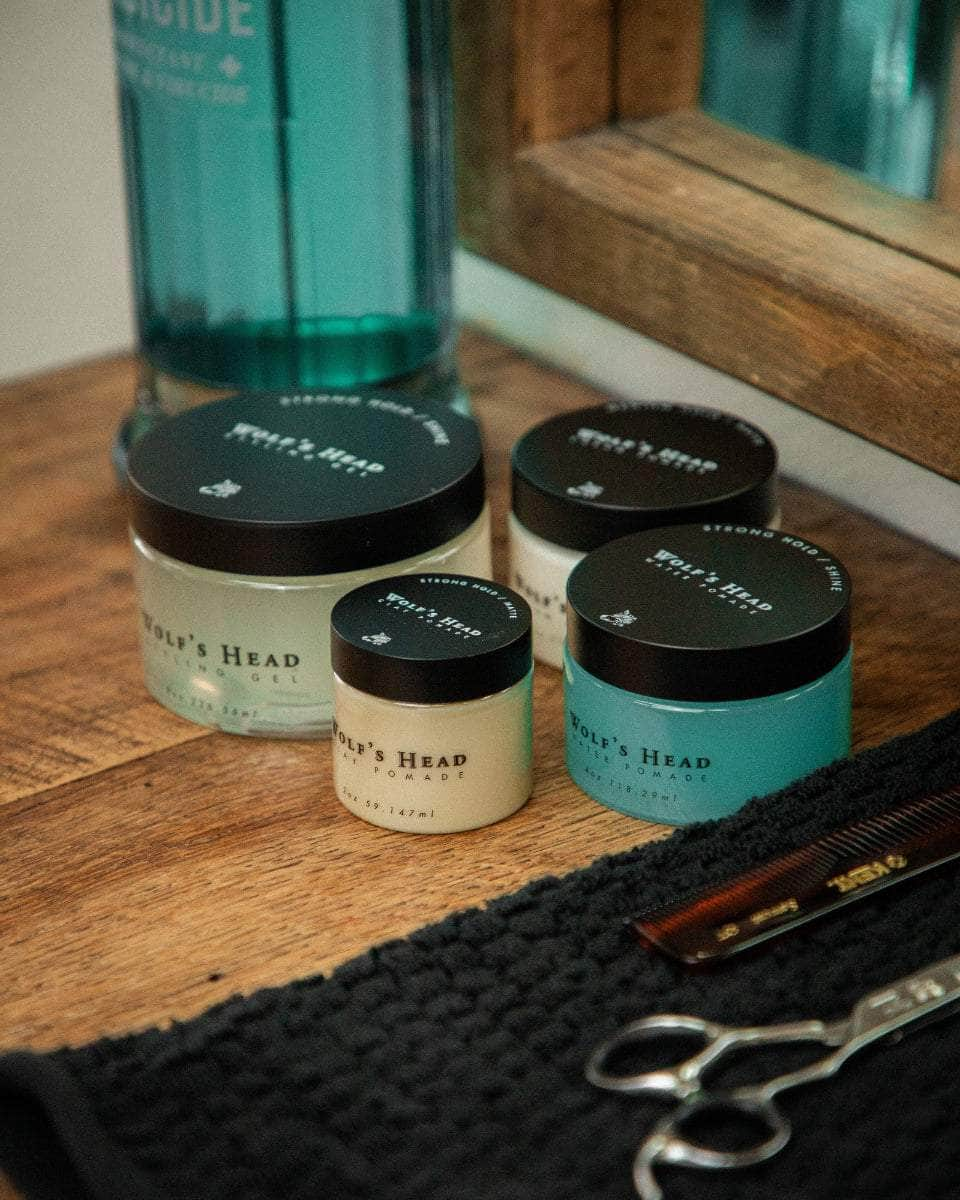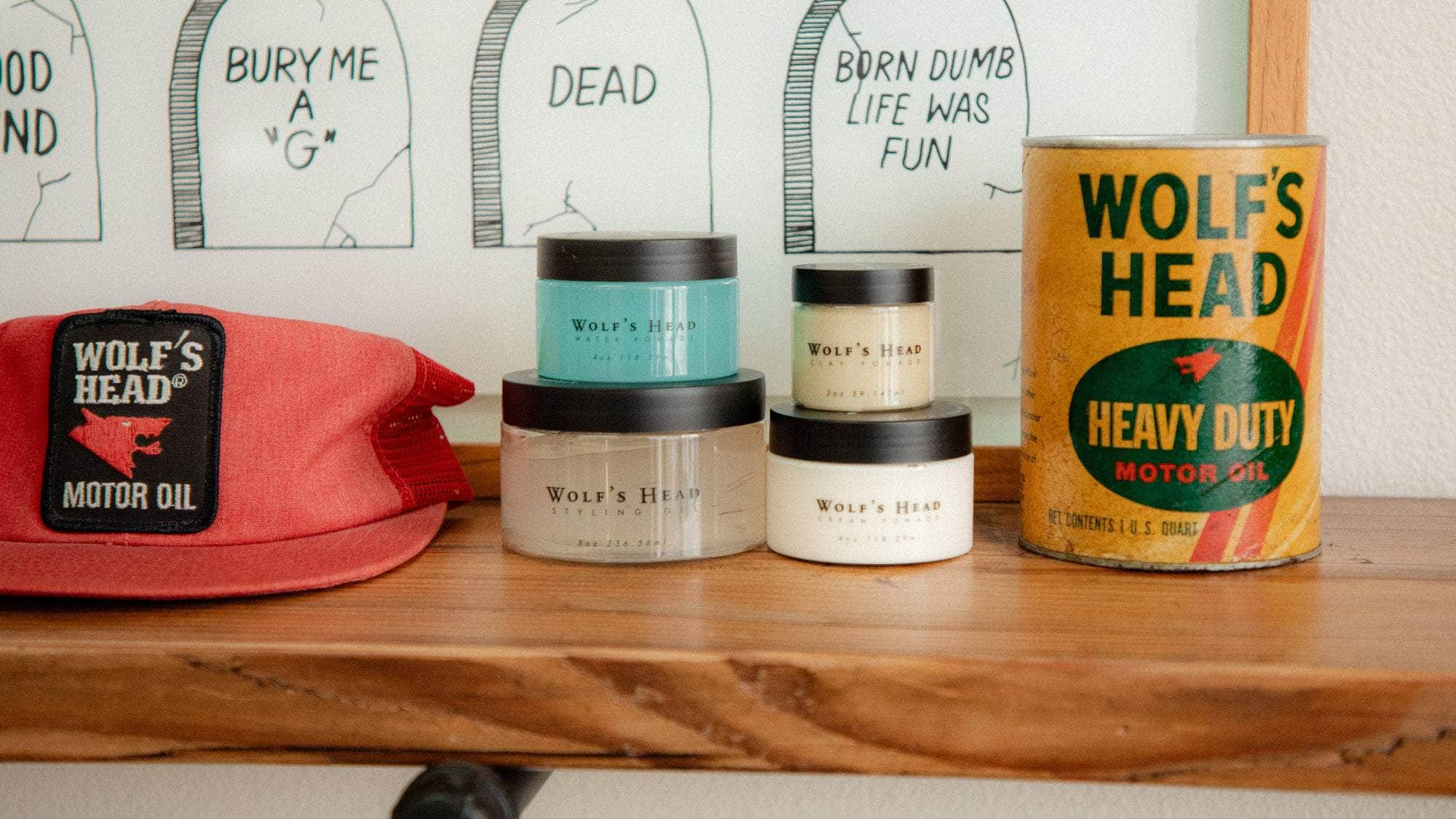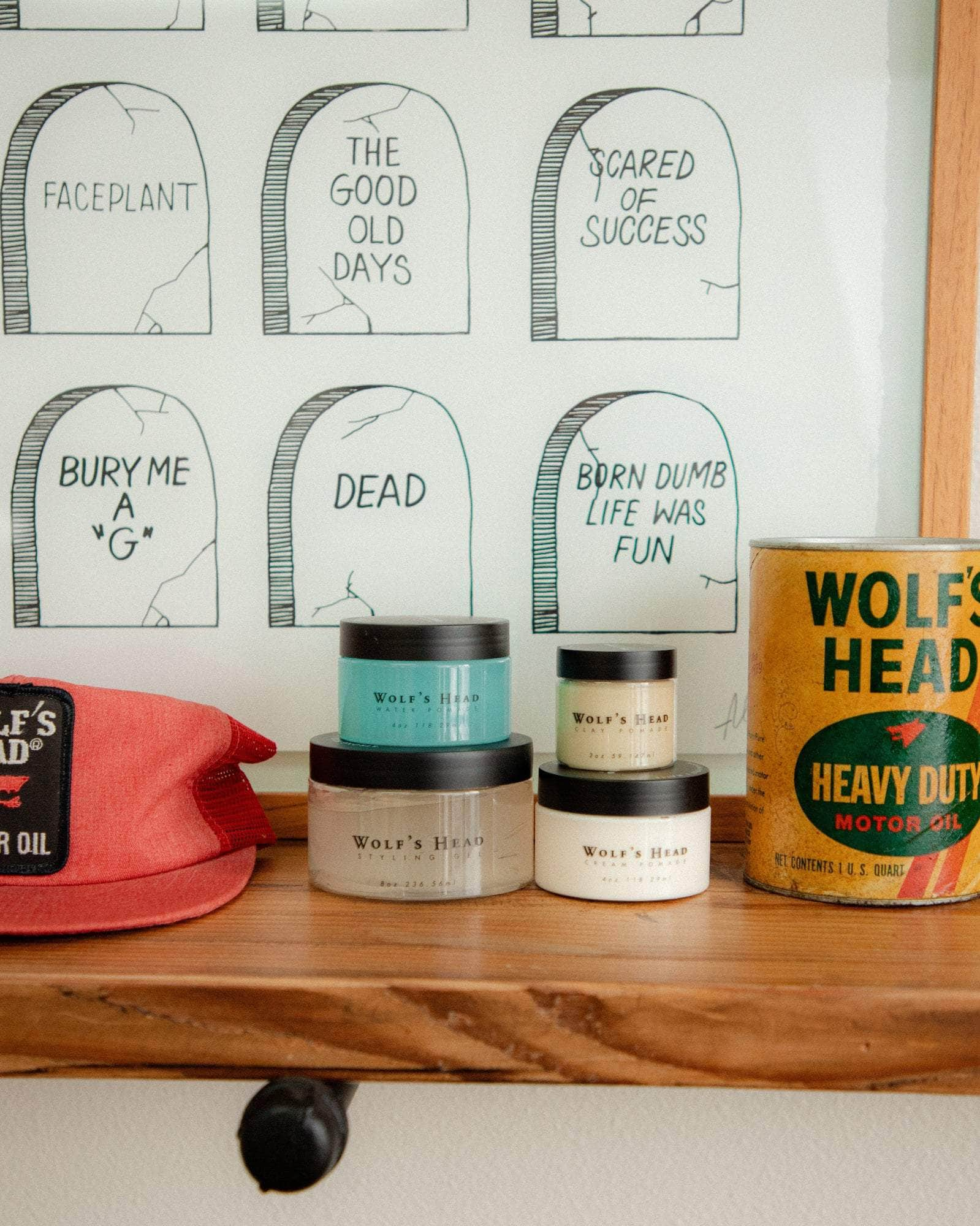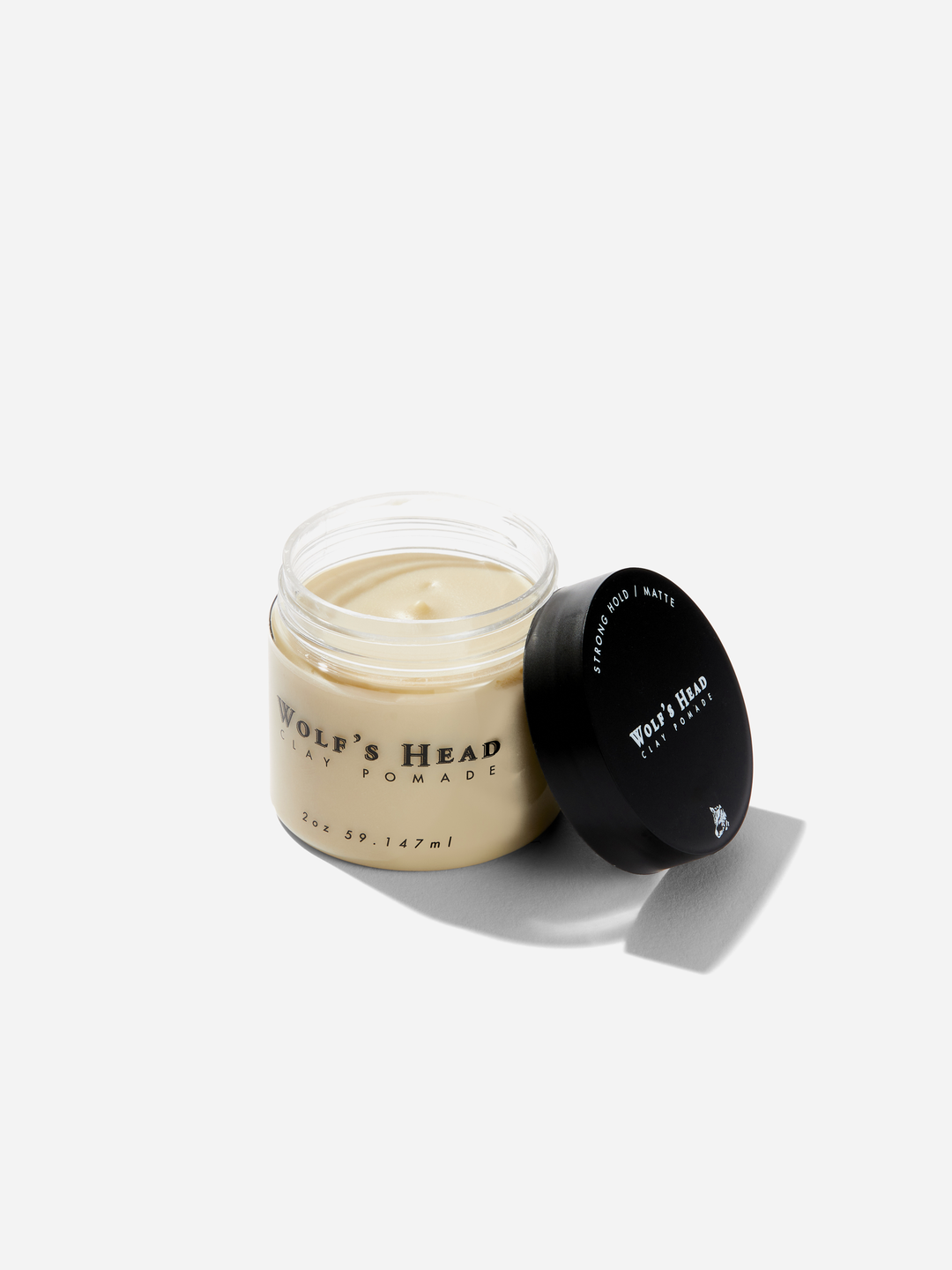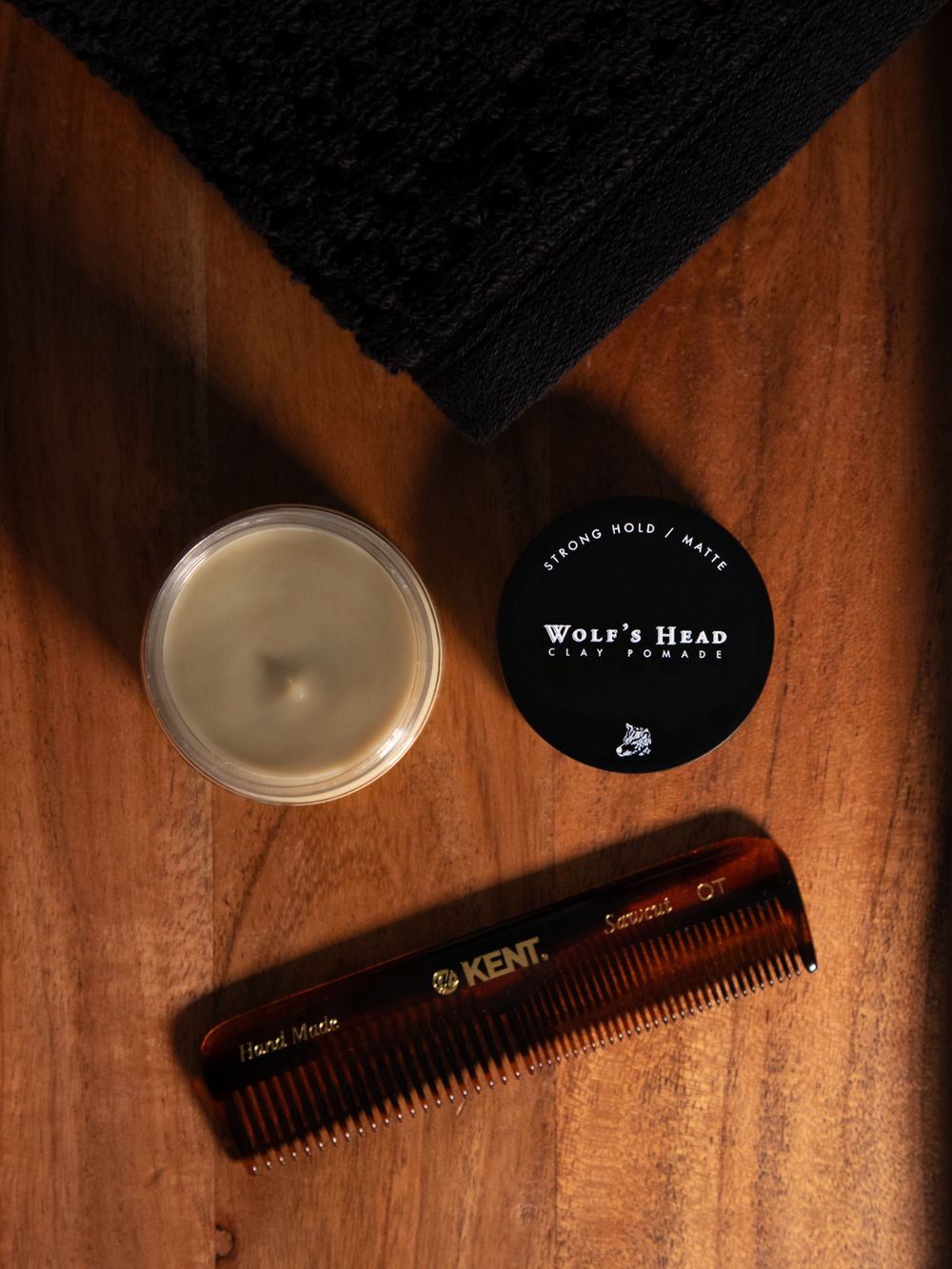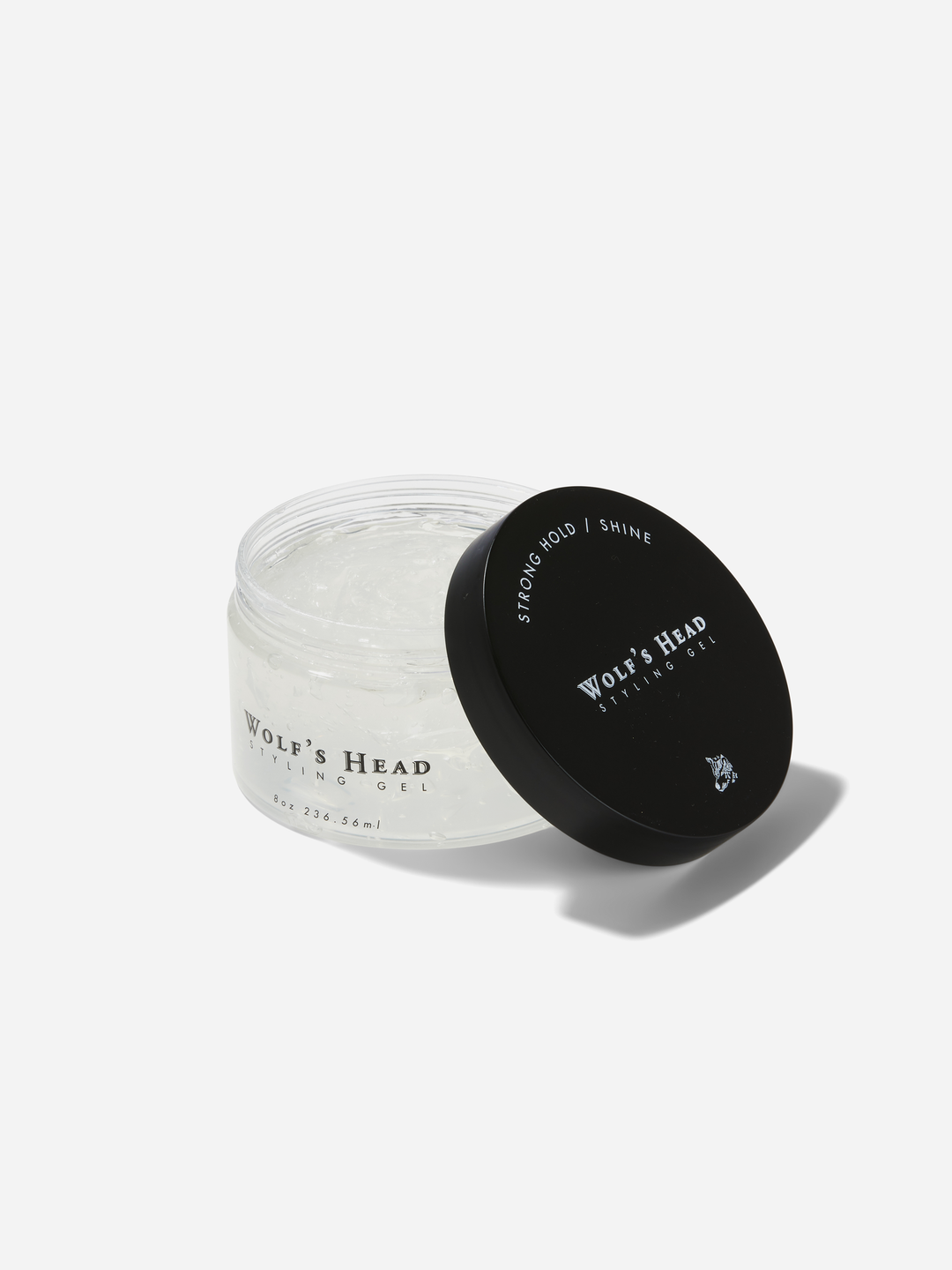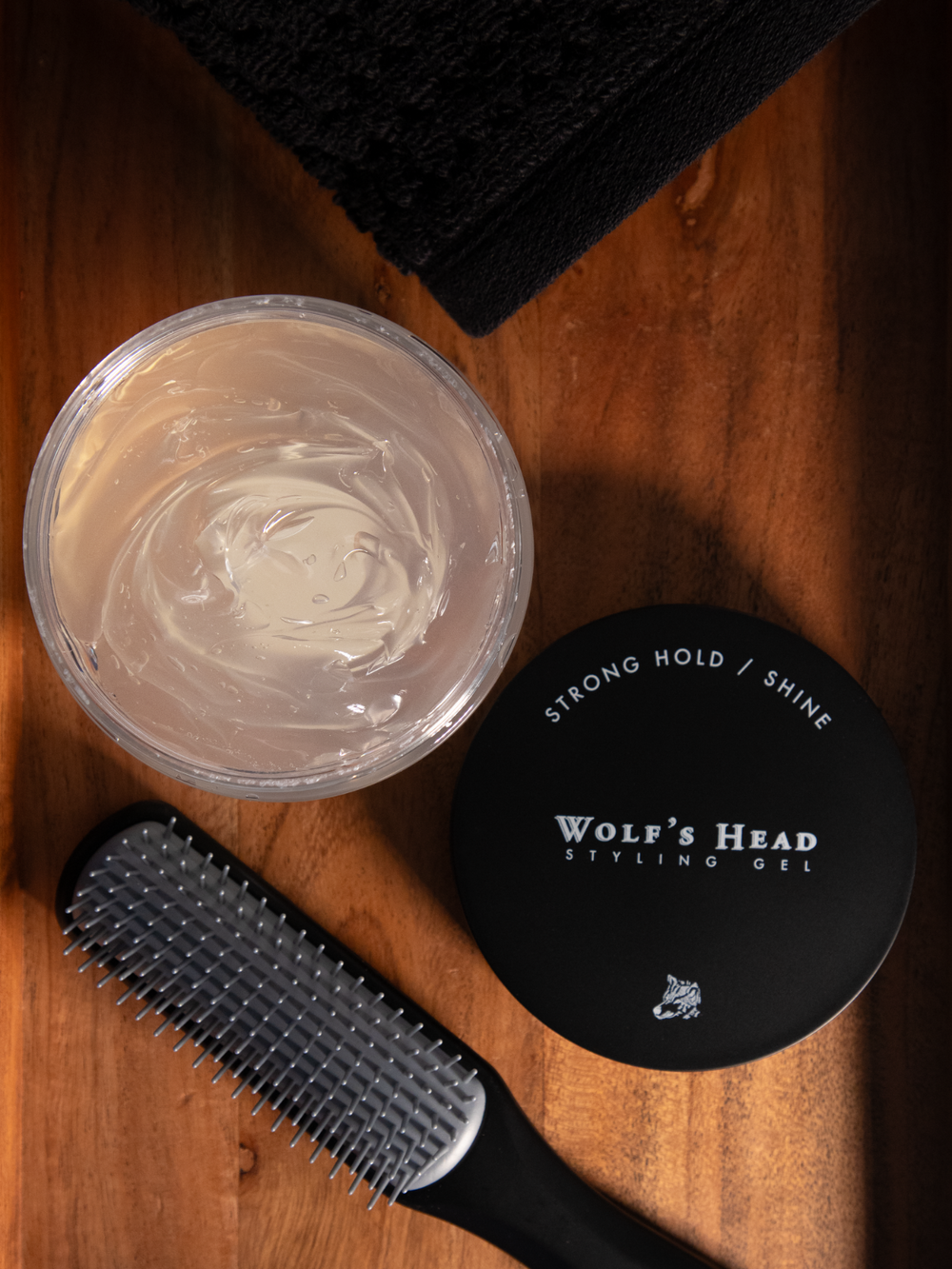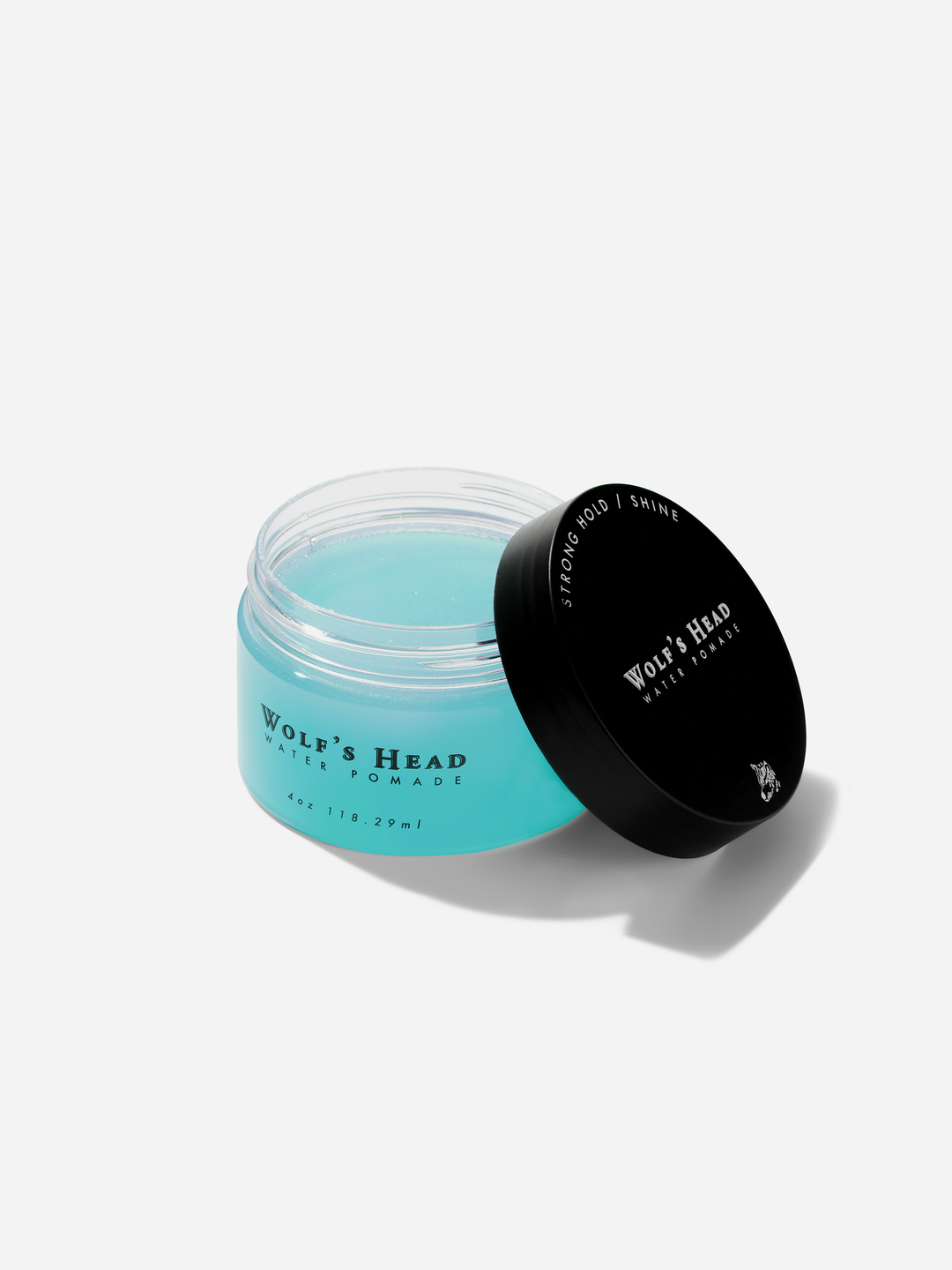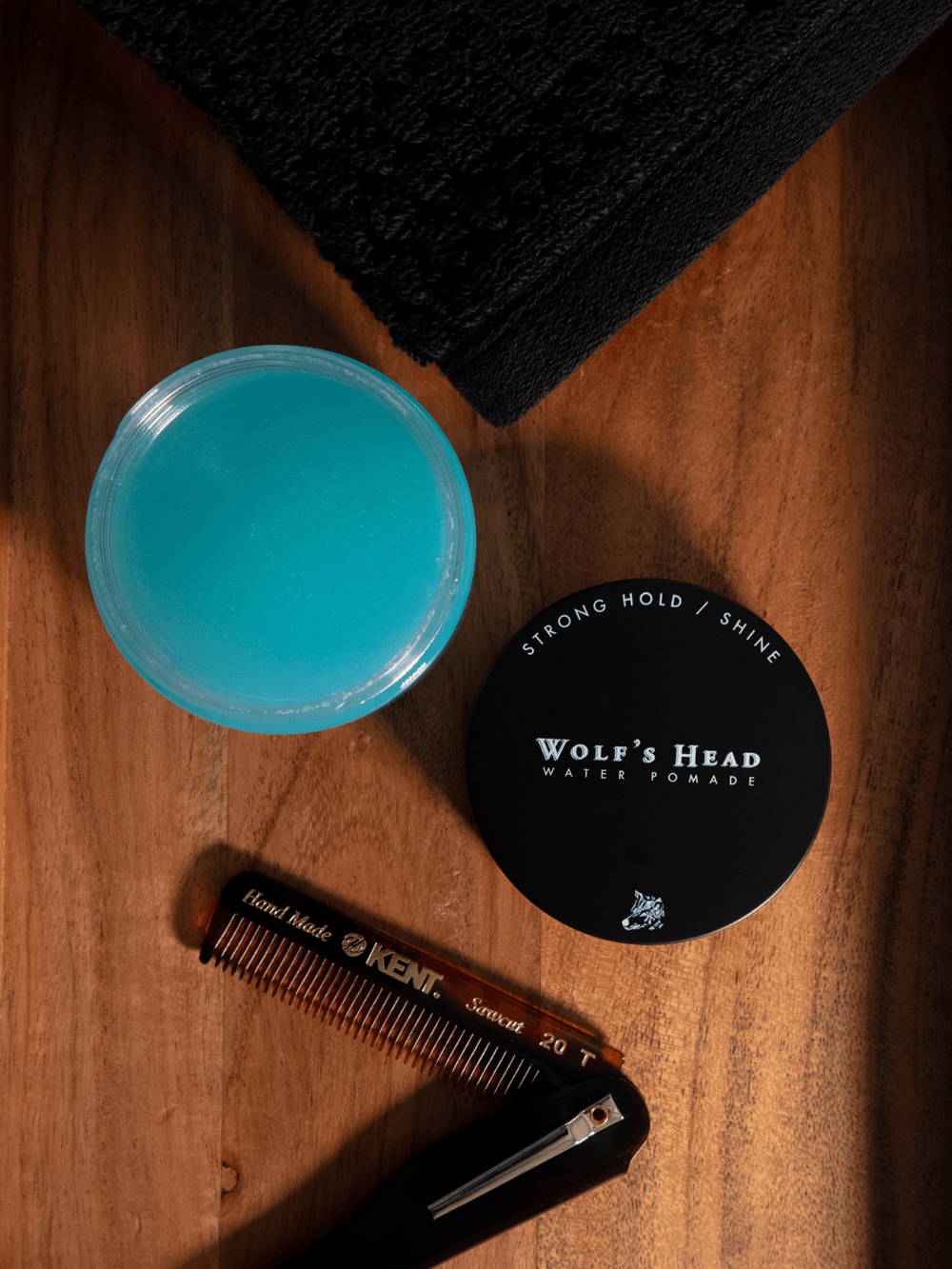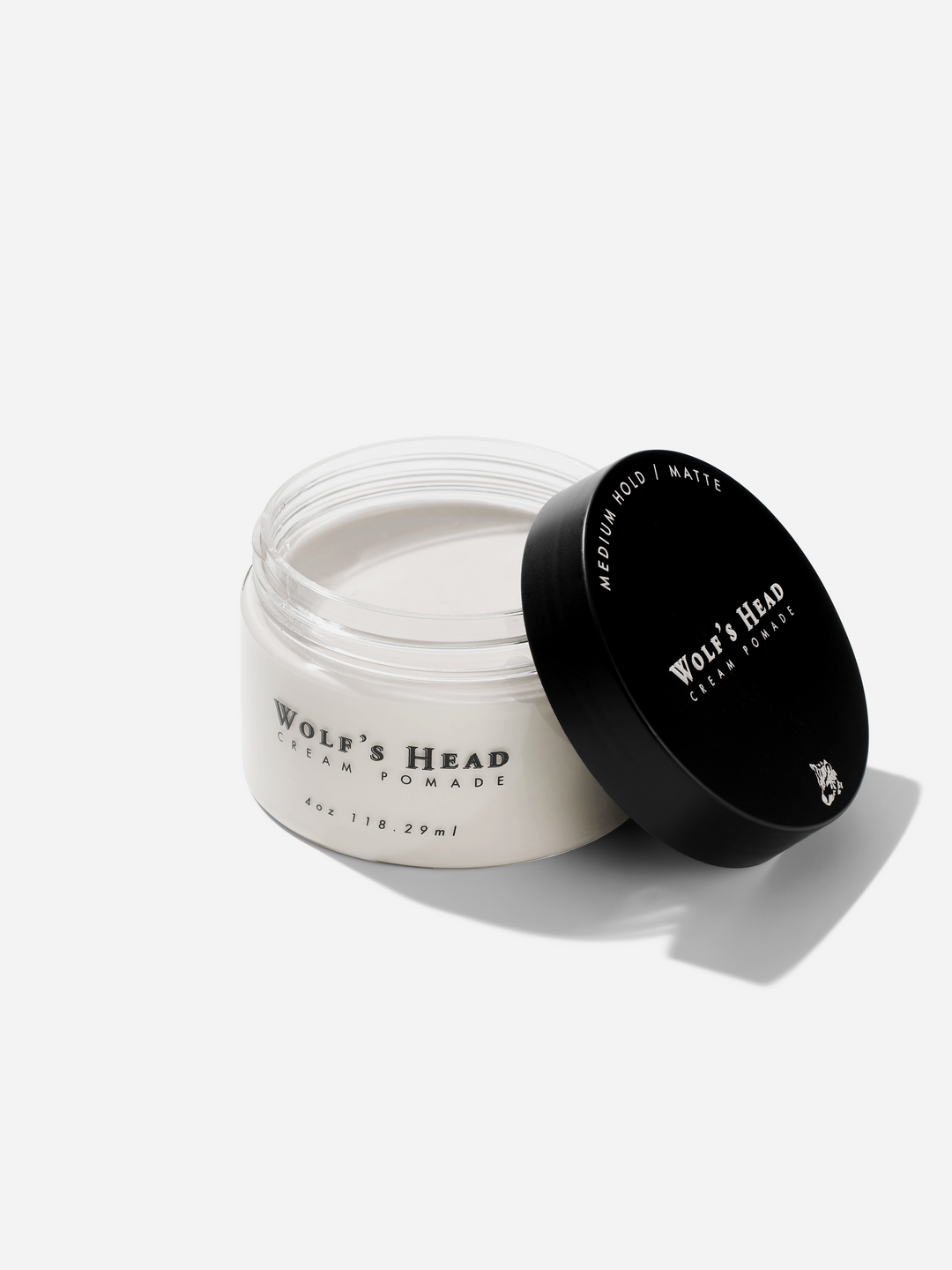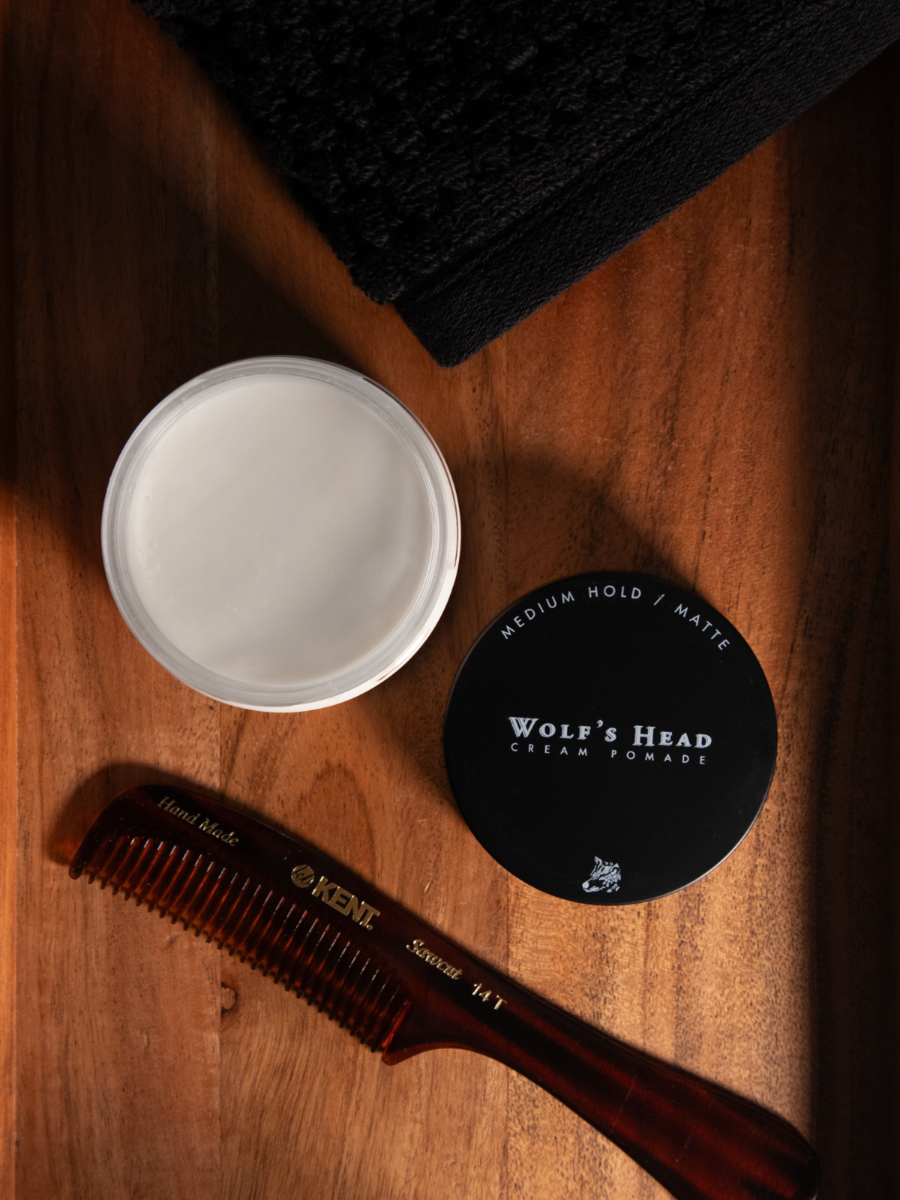Ever wondered what's the difference between Texture Sprays and Pomades?
We got a short Guide for that.
Learn when to use pomade, when to use texturizing spray, and how to get control, volume, and finish that fits your style. Barbershop-tested in Santa Barbara.
Quick Pomade vs. Texture Spray Overview
Pomade is a styling product that delivers structure, shape, and a tailored finish (from matte to high shine). It’s ideal for creating clean side parts, slick backs, and even curls that need definition.
In contrast, texturizing spray (also known as a dry texture spray or sea salt spray) adds airy lift and separation for quick volume and a relaxed, lived-in look. For most men’s hairstyles, start with pomade for control and hold, then add a light mist of spray only if extra lift or texture is needed – especially if you have fine hair that benefits from a boost at the roots.
What is Pomade and what does it do?
Pomade is a pliable styling product that provides structure without stiffness. Modern water-based pomades (like Wolf’s Head) are designed for easy application, reliable hold, and clean rinse-out. Choose the finish that matches your goal:
- Clay Pomade — strong hold, true matte; adds grit and separation for textured crops, quiffs, and fuller-looking styles.
- Cream Pomade — medium hold, soft matte; smooths frizz and keeps natural movement on medium to longer hair.
- Water-Soluble Pomade — strong hold, classic shine; great for side parts and neat silhouettes with easy washout.
- Styling Gel Pomade — extra-strong hold, high shine; sleek compression for comb backs and sharp lines without a crunchy feel.
What Is Texturizing Spray?
Texturizing spray is a lightweight product that adds lift, separation, and light grip without noticeable shine. It’s useful for men who want volume at the roots, a drier “lived-in” finish, or a quick second-day refresh. On fine or thinning hair, a single light pass can make hair stand up and look fuller. For fastest results, use a vented brush like the Kent KS50 Small Vented Paddle Brush while blow-drying—vents channel airflow to the roots for efficient lift.
Key Differences (At a Glance)
- Control vs. Air: Pomade sets shape and hold; texture spray provides volume and a looser, airier finish.
- Finish Options: Pomade lets you pick matte → high shine; texture spray stays natural/low sheen.
- Restyle: Pomade is reworkable during the day; texture spray has limited restyle once dry.
- Use Order: Build with pomade first, then add spray if you want more lift or surface breakup.
Pomade vs Texturizing Spray
| Feature | Pomade | Texturizing Spray |
|---|---|---|
| Primary use | Shape, hold, and definition | Volume, lift, and texture/separation |
| Finish control | Matte, natural, or high shine on demand | Light, airy, natural finish |
| Restyling | Easy to rework with hands or a rake comb | Limited once dry (set in place) |
| Best for | Sharp parts, slick backs, textured crops, defined curls | Fine hair needing lift; second-day refresh |
| Pairing | Apply pomade first, then spray lightly if needed | One light mist over a small amount of pomade |
Styling Tips from the Barbershop
- Start clean. Towel-dry for more sheen; blow-dry fully for matte texture.
- Emulsify pomade. Rub a small amount between palms until smooth to avoid clumps.
- Apply back → front. Keeps the front from getting overloaded.
- Right tools, right time. Use the KS50 vented paddle brush while blow-drying for lift; detail and preserve separation with the A-10T handled rake comb.
- Finish lightly. One short pass of texture spray from 10–12 inches away is enough for lift; too much can collapse the look.
Using Texturizing Spray by Itself
If you want a low-effort, natural style with lift—especially on fine or thin hair—texture spray alone can do the job. The sequence is simple:
- Prep: Start on clean, dry or slightly damp hair. Blow-dry for more volume.
- Lift: Hold hair up at the roots with your fingers and apply one light pass. For efficient root lift, use the KS50 vented paddle brush as you blow-dry—vents route heat right to the base.
- Shape: Direct sections with your hands; use the A-10T rake comb to keep texture open and airy.
- Stop early: One pass is usually enough. Add a touch more only if hair still looks flat.
This approach works well for “day-off” styling, waves/curls that need space, and anyone seeking the best texture spray routine for fine hair without added weight.
Using Clay Pomade With Texture Spray
Strong Hold, Lightweight Feel
Clay Pomade creates matte grit and separation with strong hold—ideal for textured crops, quiffs, and fuller-looking styles. A single pass of texture spray keeps the roots buoyant so the look feels lightweight, not over-compressed.
- Textured Crop: Apply clay to dry hair → pinch and twist ends for breakup → quick spray at roots to lift without shine.
- Casual Quiff: Blow-dry upward with the KS50 → small clay amount through mid-lengths → mist roots only for lasting height.
- Detail: Maintain wide, natural spacing with the A-10T rake comb.
Using Styling Gel with Texture Spray
Polished Structure with Lift
For crisp parts and sleek silhouettes, use Styling Gel Pomade (extra-strong hold, high shine). Add a minimal texture-spray pass to prevent the style from looking too flat at the crown.
- Comb Back: Apply gel pomade to damp hair → comb straight back → after it sets, one light spray 10–12 inches away for a touch of lift.
- Side Part with Structure: Work gel pomade into towel-dried hair → draw a clean line → finish with a short spray pass across the top third only.
- Pro Tip: Use the KS50 vented brush during the blow-dry to build controlled lift before you set lines with your comb.
Using Water-Soluble Pomades with Texture Spray
Sleek Control with Movement
Water-Soluble Pomade delivers strong hold with classic shine and rinses out clean. If you want polish but not stiffness, layer a quick texture-spray pass to soften the surface and add subtle movement.
- Side Part: Apply water pomade to towel-dried hair → comb a clean line → let set → finish with a light spray over the top for airy flow.
- Slick Back: Work water pomade into damp hair → comb straight back → once set, mist once from 10–12 inches for gentle crown lift.
- Tools: Use the KS50 vented brush for pre-pomade lift; tidy the silhouette with the A-10T rake comb.
Using Cream Pomade with Texture Spray
Natural Movement, Soft Control
Cream Pomade offers medium hold and a soft matte finish. Pair it with texture spray if you want a natural style with movement—especially on medium to longer hair where flexibility matters.
- Everyday Sweep: Apply cream to towel-dried hair → blow-dry loosely with the KS50 for body → light spray to keep lift without stiffness.
- Waves & Curls: Emulsify a pea-size of cream → scrunch into mid-lengths → finish with a brief spray pass to preserve wave pattern and reduce frizz.
- Refine Texture: Use the A-10T rake comb to keep definition wide and natural.
Which Pomade Fits Your Finish?
Select by hair type and the finish you want. Start light—add more only where needed. You can always layer a quick pass of texture spray at the end for lift or a looser surface.
- Clay Pomade — strong hold, matte finish.
How to use: Apply to dry hair for maximum texture and separation. - Cream Pomade — medium hold, soft matte.
How to use: Apply to towel-dried hair for a natural look with movement. - Styling Gel Pomade — extra-strong hold, high shine.
How to use: Apply to damp hair, comb into place, and let it set. - Water-Soluble Pomade — strong hold, classic shine.
How to use: Distribute through damp hair, comb clean lines, and allow to set.
Answers to common Questions
Use both—lightly. Build lift first with a vented brush like the KS50 while blow-drying, add one light pass of texture spray at the roots, then detail with a fingertip of Clay Pomade for matte fullness without weight.
Yes. Apply pomade first (clay, cream, water-soluble, or styling gel pomade), then finish with a single light spray pass 10–12 inches away. If you want to preserve open, natural spacing, shape with the A-10T rake comb.
Less than you think. Over-spraying can flatten hair. Aim for one quick pass; add a second only if hair still looks flat.
For the most natural look, pair texture spray with Clay Pomade (matte) or Cream Pomade (soft matte). For polish with movement, use Water-Soluble Pomade or Styling Gel Pomade and add just a light spray to loosen the surface.
Blow-dry with the KS50 for quick volume → work in a small amount of your chosen pomade → finish with one light spray pass → refine separation with the A-10T rake comb. Done.
Conclusion:
Choose by Hair Type and Finish
Pomades and texturizing hair sprays aren’t rivals, they’re teammates. Build the shape with pomade—whether that’s a strong hold clay, a soft-matte cream, a classic water-based shine, or an extra-strong gel pomade—then use a single light pass of texture spray to add lift and an easy, natural surface. Pair that with the right tools—the KS50 vented paddle brush for quick root volume and the A-10T handled rake comb for wide, natural definition—and you’ll get clean, lasting results with minimal effort.
Dive In
Discover the secret lineup to keep your hair looking good. Wolf's Head Styling Gel Pomade, Clay Pomade, Cream Pomade, Water-Soluble Pomade, and Kent’s Combs.
Learn How Each Pomade Works
Visit our Pomade Comparison Guide to see how each formula stacks up.







